
Boston University
College of Fine Arts
School of Music presents
BOSTON UNIVERSITY
SYMPHONY ORCHESTRA
SYMPHONIC CHORUS and WIND ENSEMBLE
SYMPHONY HALL
301 Massachusetts Avenue
Boston, Massachusetts
MONDAY, MARCH 31, 2025
7:30pm




Boston University
College of Fine Arts
School of Music presents
SYMPHONY HALL
301 Massachusetts Avenue
Boston, Massachusetts
MONDAY, MARCH 31, 2025
7:30pm


153 years ago, Boston University established a school of music. The new school was unlike all others in the United States. It was the first to center the study of music as worthy of a degree. Over the next century and a half, scores of universities and colleges would follow BU’s lead and, by doing so, would help establish a rich, dynamic culture of music in this country and beyond.
Music was one of many BU “firsts.” Boston University was among the first colleges to be coeducational. Almost a century before the Ivy League, BU was a leader in smashing the barriers of gender discrimination. Unlike other universities that restricted entry on the basis of race or religion, Boston University embraced talented students of all backgrounds and complexions from its beginning. Dr. Martin Luther King, Jr. received his doctorate from BU.
Boston University remains a leader. We are a proudly global university with nearly 400,000 living alumni around the world. Nearly every major symphony orchestra on this planet has counted BU School of Music alumni among its members. Our alumni are arts leaders, educators, music critics, and more. The impact of BU School of Music has been profound.
Today, we look ahead to the future. We spotlight emerging artists whose talent, skill, passion for music, and ingenuity will shape this century of music. Mentored by world-class faculty, they are exceptionally prepared and ready for this moment.
Harvey Young Dean, Boston University College of Fine Arts
Boston University Symphony Orchestra & Symphonic Chorus
Leonard BERNSTEIN
Chichester Psalms (1918-1990)
Sergio Raúl Savala, countertenor
I. Psalm 108, verse 2; Psalm 100
II. Psalm 23, entire; Psalm 2, verses 1-4
III. Psalm 131, entire; Psalm 133, verse 1
Daniel Parsley, conductor
Boston University Wind Ensemble
Arnold ROSNER
Symphony No. 8 Trinity, Op. 84 (1945-2013)
I. Ave Maria
II. Le Rondeau de Monsieur le Diable
III. Pythagoras
Kenneth Amis, conductor
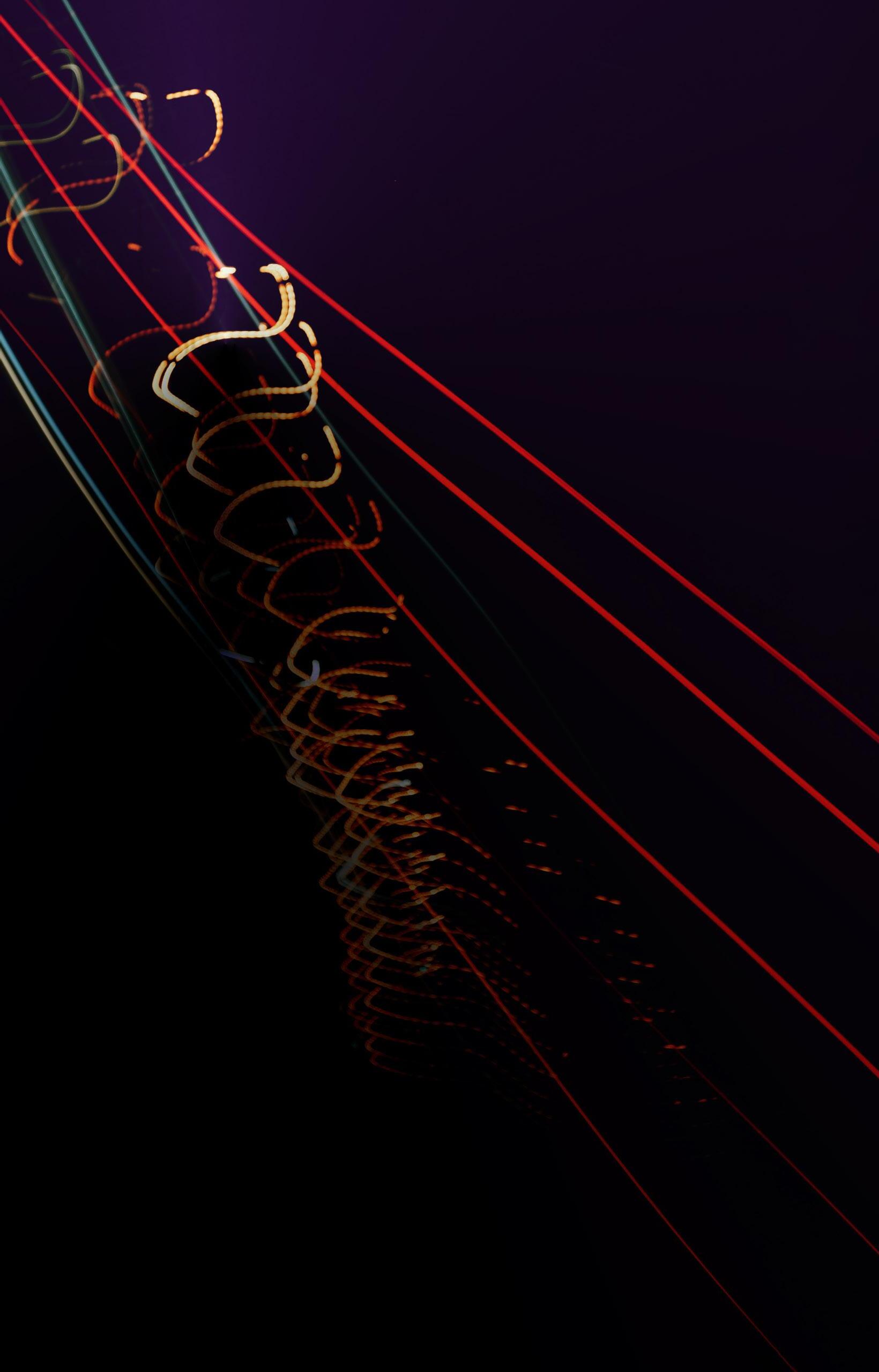
Intermission
Boston University Symphony Orchestra
Richard STRAUSS
Suite from Der Rosenkavalier, Op. 59 (1864-1949)
Sarah Ioannides, conductor
Boston University Symphony Orchestra & Symphonic Chorus
Maurice RAVEL
Daphnis et Chloé, Suite No.2 (1875-1937)
Lever du jour—Pantomime—Danse générale
Sarah Ioannides, conductor
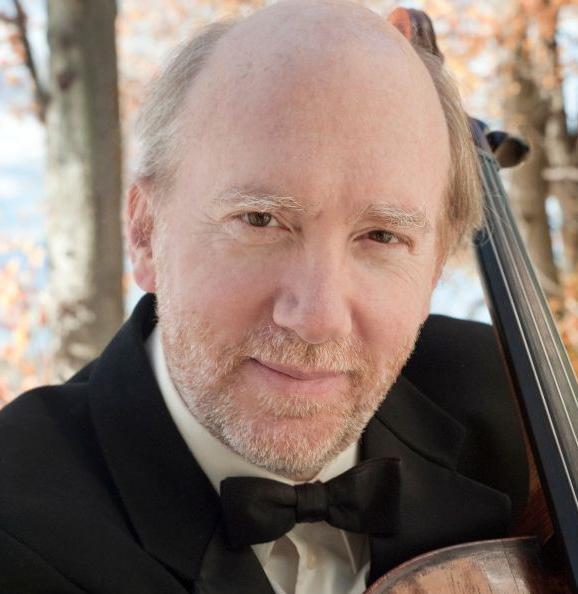
For any listener, the opportunity to enjoy the history and the acoustical glory of Symphony Hall can be transforming. This hallowed and historic venue is unarguably one of the world’s great concert halls. Its walls are infused with innumerable great performances by the Boston Symphony and touring orchestras, legendary guest artists, and now with the youthful enthusiasm and wonderful talent represented here today.
BU’s Symphony Orchestra, Wind Ensemble and Symphonic Chorus, under the batons of Sarah Ioannides, Kenneth Amis and Daniel Parsley, are presenting a wideranging and highly varietal program for you; these works challenge the most seasoned performers and represent the musical aspirations of top ranked educational institutions anywhere. We are all immensely proud of these young musicians who gather at BU from every corner of the globe to make music and experience the magic of Symphony Hall.
Enjoy!
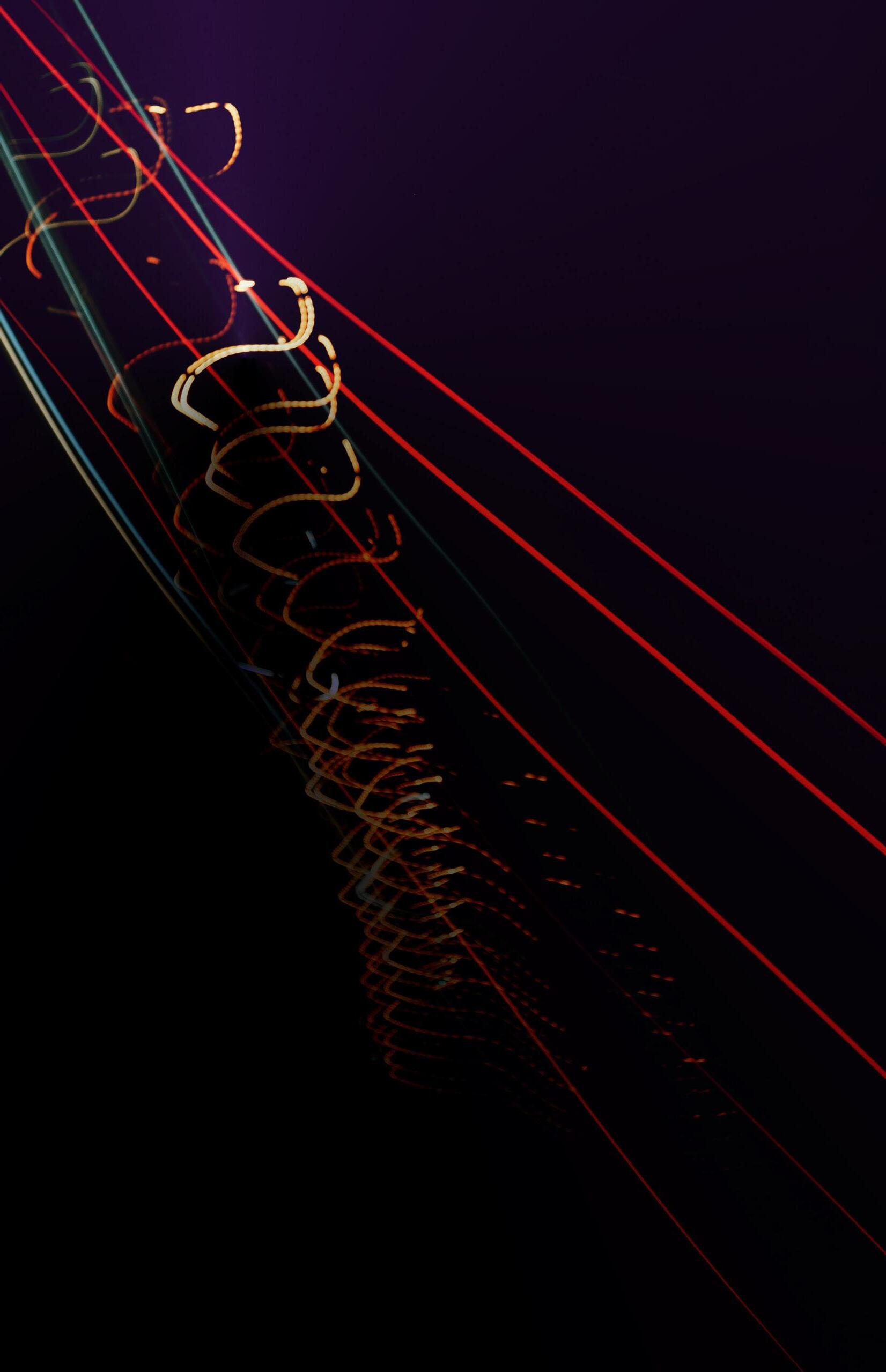
Michael Reynolds Director, Boston University College of Fine Arts School of Music

The works on today’s concert use the traditional harmonic language of western concert music. Yet each composer adapts that common language to their own unique compositional style.
Richard Strauss’s father took a direct hand in ensuring that his son had knowledge of past composers such as Haydn, Mozart, Beethoven, and Schubert. Strauss studied piano and composition from an early age, writing his first compositions, including a horn concerto and a violin concerto, for an amateur orchestra directed by his father.
A successful conductor as well as composer, Strauss’s knowledge of the orchestra was extensive, and his 1905 revision of Hector Berlioz’s Treatise on Instrumentation is still used today. His earlier operas were known for their innovative harmonic language and chromaticism; however, with Der Rosenkavalier, Strauss returned to a sound built on more traditional harmony, even as it was influenced by the music of Richard Wagner, whose music he studied carefully.
Premiered in 1911, Der Rosenkavalier, was extremely successful and remains a favorite work for the stage. The story, set in the early 18th century, centers on the Marschallin; her young lover, Count Octavian Rofrano; her cousin, Baron Ochs; and Sophie von Faninal, who Baron Ochs wishes to marry. The Marschallin suggests that Octavian help Baron Ochs by delivering a silver engagement rose to Sophie. When Octavian delivers the rose, he and Sophie fall in love, and Sophie pleads with her father to break the engagement with Baron Ochs. Through a series of intrigues, including Octavian disguised as a maid, Baron Ochs’s true (philandering) nature is revealed. The engagement is called off, and Sophie is united with Octavian.
Although Strauss did not adapt his opera score as an orchestral suite – the most likely candidate is the conductor Artur Rodziński – he did approve of its publication. Premiered in 1944 in New York, the suite, like the opera, is filled with lush harmonies, rich orchestration, and waltzes which capture the wit and elegance of a bygone era. Musical ideas reference the story, from the burgeoning love between Octavian and Sophie which is interrupted by Baron Ochs’s blunderings, to the Marschallin’s acceptance of the young lovers. A final waltz and coda close the work on a rapturous note.
Like Strauss, Maurice Ravel’s parents encouraged his musical endeavors, and he continued his studies at the Paris Conservatory, in an on-again, off-again relationship that lasted 16 years. In 1889, Ravel studied piano but was dismissed six years later because he did not receive the requisite prizes. Then, in 1897, he studied composition with Gabriel Fauré, who Ravel acknowledged as an important influence. Failing to obtain the necessary prizes once again, Ravel left the Conservatory in 1903.
More striking than his struggles at the Conservatory are Ravel’s five unsuccessful attempts at winning the Prix de Rome. Known at the time as the “Affaire Ravel,” between 1900 and 1905, Ravel received only a third prize for his compositions. Public opinion – and even those who criticized his music – expressed doubts over why Ravel was denied the chance to compete in the final rounds of this competition. The scandal reached new heights when it was discovered that all the finalists studied with one of the judges.
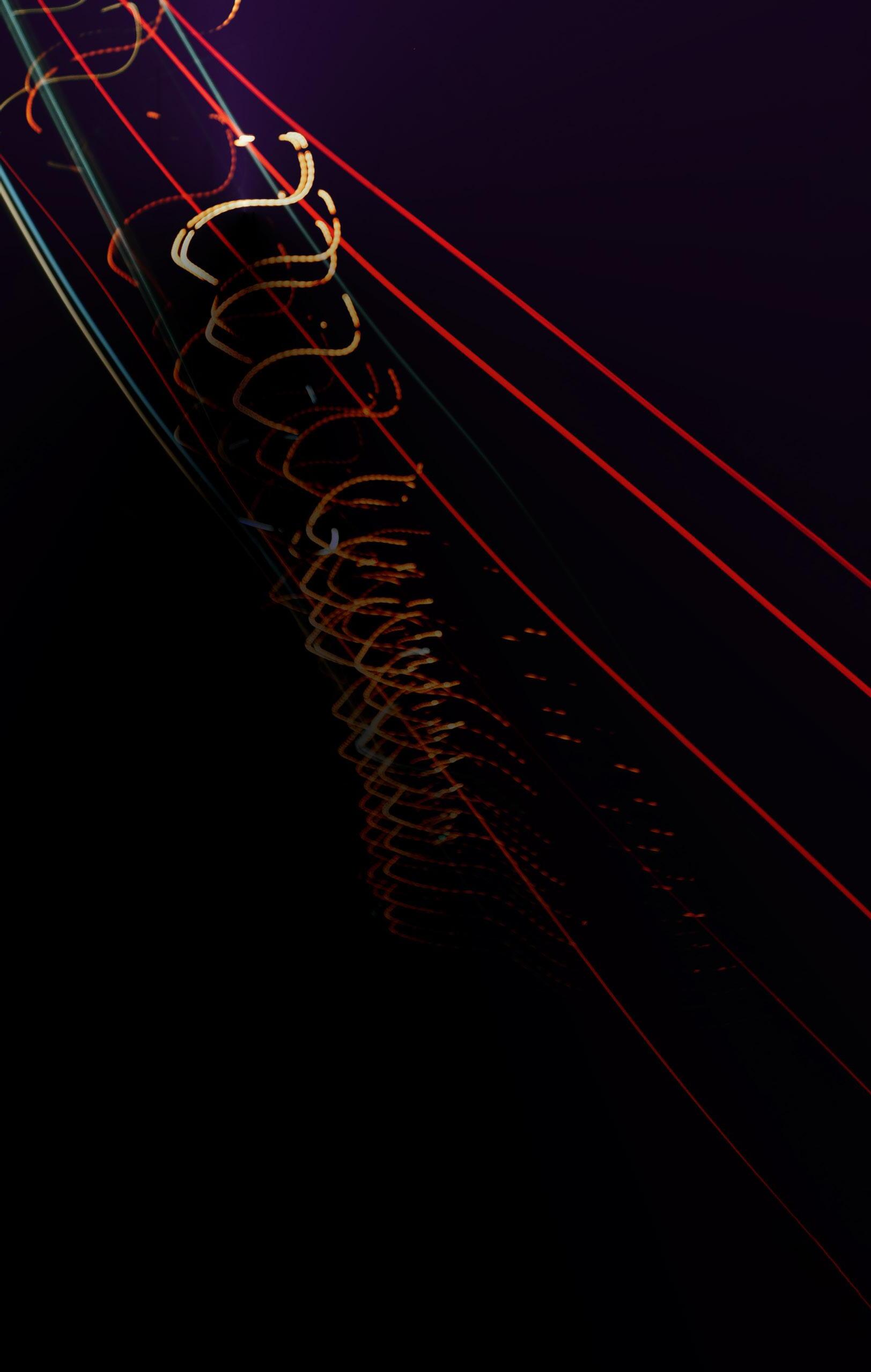
Ravel was deeply influenced by the 1889 Paris Exhibition, for which the Eiffel Tower was built, and which featured music from around the globe. In 1902 Ravel joined Les Apache (The Ruffians), a group of artists who thought of Debussy as a musical prophet and whose interests included indigenous folksong, the music of Russia, the art and music of Asian cultures, symbolism, and children’s music.
Daphnis et Chloé was originally a ballet commissioned by the Ballets Russes and premiered in 1912. Ravel described it as a “a vast musical fresco” being “faithful to the Greece of my dreams.” In the ballet, based on a story by the 2nd century (CE) Greek author Longus, Chloé is taken from Daphnis. Despondent, Daphnis dreams that the god Pan will help him. In the final scene, Daphnis’s dream becomes a reality – Chloé has been returned to him.
Ravel adapted the score for two orchestral suites, both of which can be performed with or without chorus. The first, from 1911, predates the premiere of the ballet, while the second, from 1913, encapsulates the story of the title characters in three sections.
Suite No. 2 opens with Lever du jour. Here Ravel pairs swirling musical figures with a bassline that begins quietly. Gradually, Ravel allows the orchestra to swell and ebb until the music associated with the title characters emerges. In the Pantomime, we enter the storywithin-the story, as Pan’s enticing and playful flute solo recounts his pursuit of Syrinx. In the final section, Danse Générale, the reunited Daphnis and Chloé celebrate. Music from the opening returns before Ravel launches into a fiery dance for the orchestra, each section of which is given its moment in the spotlight before joining in a brilliant conclusion.
Ravel’s writing is often described in terms of its clarity and precision. These same attributes can be applied to the music of Leonard Bernstein as well. A larger-than-life musical figure in the second half of the 20th century, Bernstein, born in Lawrence, Massachusetts, was known as a conductor and teacher as well as a composer of both contemporary and popular styles. When commissioning the Chichester Psalms in December 1963, the Very Reverend Walter Hussey, Dean of Chichester Cathedral in Sussex, whose prior commissions included visual artists (Marc Chagall and Henry Moore), poets (W. H. Auden), and composers (Benjamin Britten), wrote, “many of us would be very delighted if there was a hint of West Side Story about the music.”
Although Dr. Hussey’s commission suggested that Bernstein set Psalm 2 for combined choirs accompanied by orchestra and/or organ, Bernstein chose verses from various Psalms, to be sung in Hebrew, accompanied by trumpets, trombones, harps, timpani, percussion, and strings. He also adapted the score for organ, harp, and percussion.
Bernstein conducted the premiere in New York in July 1965; later that month the work was performed at Chichester Cathedral led by the church’s organist, John Birch.
The Chichester Psalms are grounded in traditional harmonic structures. In a 1977 press conference Bernstein described spending a year “writing 12-tone music and even more experimental stuff.” He goes on to explain how he “threw it all away. It just wasn’t my music; it wasn’t honest. The end result was the Chichester Psalms which is the most accessible B-flat majorish tonal piece I’ve ever written.”
In the first movement, Bernstein focuses on the number 7, an important number in Gematria (Hebrew numerology). The interval of a 7th becomes integral to the melodic

and harmonic language of the movement – and will return in the final movement. Also, Bernstein creates a dance in 7 (2+2+3) to Psalm 100 (Make a joyful noise unto the Lord).
The second movement begins with Psalm 23 (The Lord is my shepherd) for treble soloist (Bernstein scores it for a boy soprano) and harp. Recalling the young David from the Old Testament, this gentle, pastoral sound is abruptly interrupted by the lower voices singing text from Psalm 2 (Why do the nations rage), creating a tension that lingers throughout the movement.
The last movement begins discordantly, recollecting the minor 7th from the first movement before shifting to a swaying setting of Psalm 131 (Lord, my heart is not proud). Bernstein then introduces an unaccompanied chorale setting of Psalm 133 (Behold how good and pleasant it is) for chorus, a prayer for unity and peace before the confirming “Amen.”
As with so many composers, Arnold Rosner studied piano as a child. He was, however, discouraged in pursuing music. In college, he studied mathematics, but continued to compose. As a graduate student he studied composition at the University of Buffalo when serialism was predominant. Rejecting that aesthetic, he continued his studies in Buffalo –now as a music theorist – and wrote his dissertation on the music of one of his “heroes,” Alan Hovhaness.
Rosner writes that his early music was influenced by Romantic composers but by 1967, “two distinct forces brought about at least a temporary change. The first was the simple fact that virtually none of my works had been performed …. The second was the study, at the graduate level, of Renaissance music in general and the works of Josquin des Prez in particular.”
Elements of Renaissance music are part of his Symphony No. 8, Trinity, for Wind Ensemble, as is the technique of triangulation or “looking at an area from three different perspectives or angles so as to understand it in full dimension.” Rosner continues, “In my Symphony No. 8 ‘Trinity,’ I have attempted to bring this approach to meditative or spiritual thought.”
The sense of the spiritual pervades the first movement, Ave Maria, which opens with a low sustained pitch, over which the trumpet proclaims its melodic idea. Soon the rest of the ensemble enters and the sound blossoms before a gentler passage emerges and expands before the return of the trumpet melody.
The second movement, Le Rondeau du Monsieur le Diable, is a dance with angular ideas that merge and diverge. Percussion features prominently in this movement, especially the glockenspiel and bells, leading the whole to a sparkling conclusion.
In the final movement, Pythagoras, Rosner employs rhythmic figurations he called “stile estatico,” or “a complex cross-rhythm or cross-color overlap.” Grounded by the brass, the rhythmic complexity in this movement creates a captivating fluidity.
Far from being a rejection of music from earlier eras, the works on today’s concert offers new insights into the rhythmic, melodic, and harmonic language associated with past centuries. Each composer embraced these earlier techniques, internalized them, and added their own interpretations to them. Rather than anachronistic, the result remains fresh and enticing.
—Teresa M. Neff
Ps. 108, vs. 2: Urah, hanevel, v’chinor! A-irah shahar!
Ps. 100, entire: Hariu l’Adonai kol haarets.
lv’du et Adonai b ‘simha.
Bo-u l’fanav bir’nanah.
D’u ki Adonai Hu Elohim. Hu asanu, v’lo anahnu.
Amo v’tson mar’ito.
Bo-u sh’arav b’todah, Hatseirotav bit’hilah, Hodu lo, bar’chu sh’mo.
Ki tov Adonai, l’olam has’do,
V’ad dor vador emunato.

Awake, psaltery and harp: I will rouse the dawn!
Make a joyful noise unto the Lord all ye lands.
Serve the Lord with gladness. Come before His presence with singing. Know ye that the Lord, He is God. It is He that hath made us, and not we ourselves.
We are His people and the sheep of His pasture.
Enter into His gates with thanksgiving, And into His courts with praise. Be thankful unto Him, and bless His name.
For the Lord is good, His mercy is everlasting, And His truth endureth to all generations.
- Chichester Psalms

Ps. 23, entire: Adonai ro-i, lo ehsar.
Bin’ot deshe yarbitseini,
Al mei m’nuhot y’nahaleini,
Nafshi y’shovev, Yan’heini b’ma’aglei tsedek,
L ‘ma ‘an sh ‘mo.
Gam ki eilech
B’gei tsalmavet,
Lo ira ra, Ki Atah imadi.
Shiv’t’cha umishan’techa
Hemah y’nahamuni.
Ta’aroch l’fanai shulchan
Neged tsor’rai
Dishanta vashemen roshi
Cosi r’vayah.
Ach tov vahesed
Yird’funi kol y’mei hayai, V’shav’ti b’veit Adonai
L ‘orech yamim.
Ps. 2, vs. 1-4: Lamah rag’shu goyim
Ul’umim yeh’gu rik?
Yit’yats’vu malchei erets, V’roznim nos’du yahad Al Adonai v’al m’shiho.
N’natkah et mos’roteimo, V’nashlichah mimenu avoteimo.
Yoshev bashamayim
Yis’hak, Adonai
Yil’ag lamo!
The Lord is my shepherd, I shall not want.
He maketh me to lie down in green pastures,
He leadeth me beside the still waters,
He restoreth my soul, He leadeth me in the paths of righteousness,
For His name's sake.
Yea, though I walk
Through the valley of the shadow of death,
I will fear no evil,
For Thou art with me.
Thy rod and Thy staff They comfort me.
Thou preparest a table before me
In the presence of mine enemies, Thou anointest my head with oil, My cup runneth over.
Surely goodness and mercy
Shall follow me all the days of my life, And I will dwell in the house of the Lord Forever.
Why do the nations rage,
And the people imagine a vain thing?
The kings of the earth set themselves, And the rulers take counsel together Against the Lord and against His anointed.
Saying, let us break their bands asunder,
And cast away their cords from us.
He that sitteth in the heavens
Shall laugh, and the Lord Shall have them in derision!


As a music director and guest conductor who is committed to collaboration, innovation and education, Sarah Ioannides invigorates programming and inspires audiences. Praised by the New York Times for her “unquestionable strength and authority,” she is Music Director of Washington State’s Symphony Tacoma. Her conducting career has taken her to six continents. She previously served as music director of the El Paso Symphony Orchestra in Texas and the Spartanburg Philharmonic in South Carolina. Sarah Ioannides was the first woman to hold a full-time position as a conductor with the Cincinnati Symphony Orchestra.
In addition to her Symphony Tacoma season, her North American schedule features appearances with Calgary Philharmonic, the Florida Orchestra, Hamilton Philharmonic Orchestra, Hawai’i Symphony, Orchestre Symphonique de Québec, Sarasota Orchestra, Seattle Symphony, and at the Lake Chelan Bach Fest. Her extensive repertoire ranges
Music Director – Symphony Tacoma Director of Orchestral Activities; Associate Professor in Orchestral Conducting

wide – from Mozart to re-emerging composers like Louise Farrenc, Florence Price, Samuel Coleridge-Taylor and Joseph Boulogne, and contemporary works by Aaron J Kernis, Valerie Coleman, Bernard Roumain, Nick DiBerardino and Jesse Montgomery.
Beyond North America, Sarah Ioannides’ past and current engagements include the Bilbao Symphony, Brussels Philharmonic, Daejeon Philharmonic, Gothenburg Symphony, Konzerthaus-orchester Berlin, Malmö Symphony, Nordic Chamber Orchestra, Tonkünstler-Orchester, Orchestre National de Lyon, Royal Philharmonic Orchestra and Simón Bolívar Symphony.
She also makes significant contributions to the field of education as newly appointed Director of Orchestras at Boston University, as Founding Artistic Director with Cascade Conducting & Composing, as conductor of the Massachusetts AllState Festival Orchestra in 2025 and as Resident Conductor of the National Youth Orchestra – USA in 2023. •




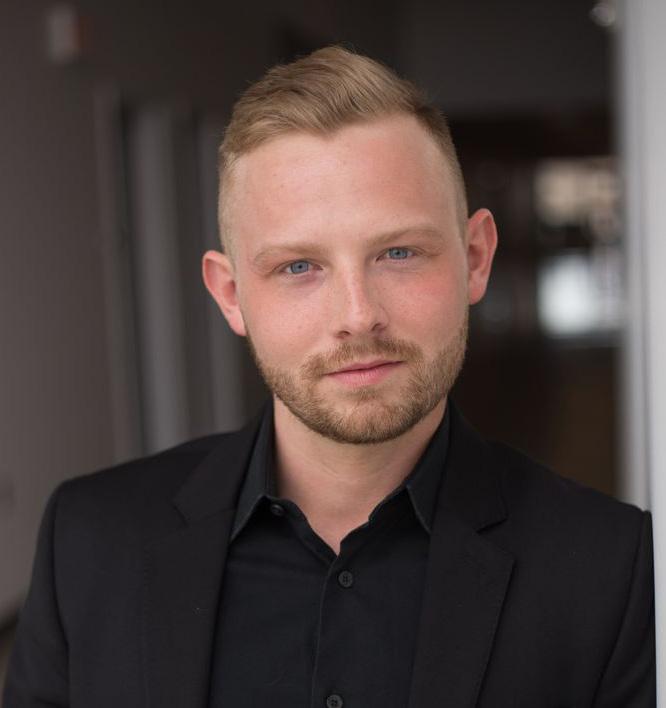
Daniel Parsley enjoys an active career as a conductor, educator, scholar, and professional chorister. Daniel currently serves as Director of Choral Activities and Chair of Graduate Conducting programs at the historic School of Music at Boston University where he oversees the comprehensive MM, MSM, and DMA conducting programs and teaches graduate conducting and choral literature. In addition to collegiate teaching, he is Principal Conductor for the GRAMMY® Award-winning National Children’s Chorus where he leads the Boston/New England NCC chapters.
Since 2019, Daniel has served as associate conductor of the SummerMusik-Cincinnati Chamber Orchestra (CCO). At CCO, he leads the We Are One series, special events such as the Walk with Amal project, and assists with an annual SummerMusik festival. Daniel previously served as assistant conductor and conducting fellow for the Cincinnati May Festival, where he prepared choruses for the Cincinnati Symphony Orchestra and Cincinnati Pops.
Daniel has enjoyed a wide breadth of diverse professional experiences ranging from roles as a research fellow
Director of Choral Activities and Director of Graduate Conducting Programs; Assistant Professor Choral Conducting

in Ghana with the Edward Brueggeman Center for Dialogue to conducting engagements with the National Chorus of Korea in Seoul. He has recently guest conducted professional symphonic and choral ensembles including the Portland Symphony Orchestra (ME), Coro Volante (Cincinnati), and the Seraphim Singers (Boston). Upcoming concert events and residencies include the Hochschule für Musik und Theater München (DE), Universität Mozarteum Salzburg (AT), and the Conservatoire de Strasbourg (FR). In September 2025, Daniel began as music director and conductor for ISSEA choral festival held in Nairobi, Kenya (2025.) He served as faculty for the Kentucky Institute of International Studies (KIIS) Salzburg Program and CCSA London summer study abroad program from 2013-2023.
Parsley completed a Doctor of Musical Arts (DMA) in Choral Conducting with a cognate in orchestral conducting at the University of Cincinnati-College Conservatory of Music (CCM) and holds a M.M. Choral Conducting from Bowling Green State University and a B.M. Voice Performance/ B.A. International Studies with concentrations in economics and history from Xavier University.
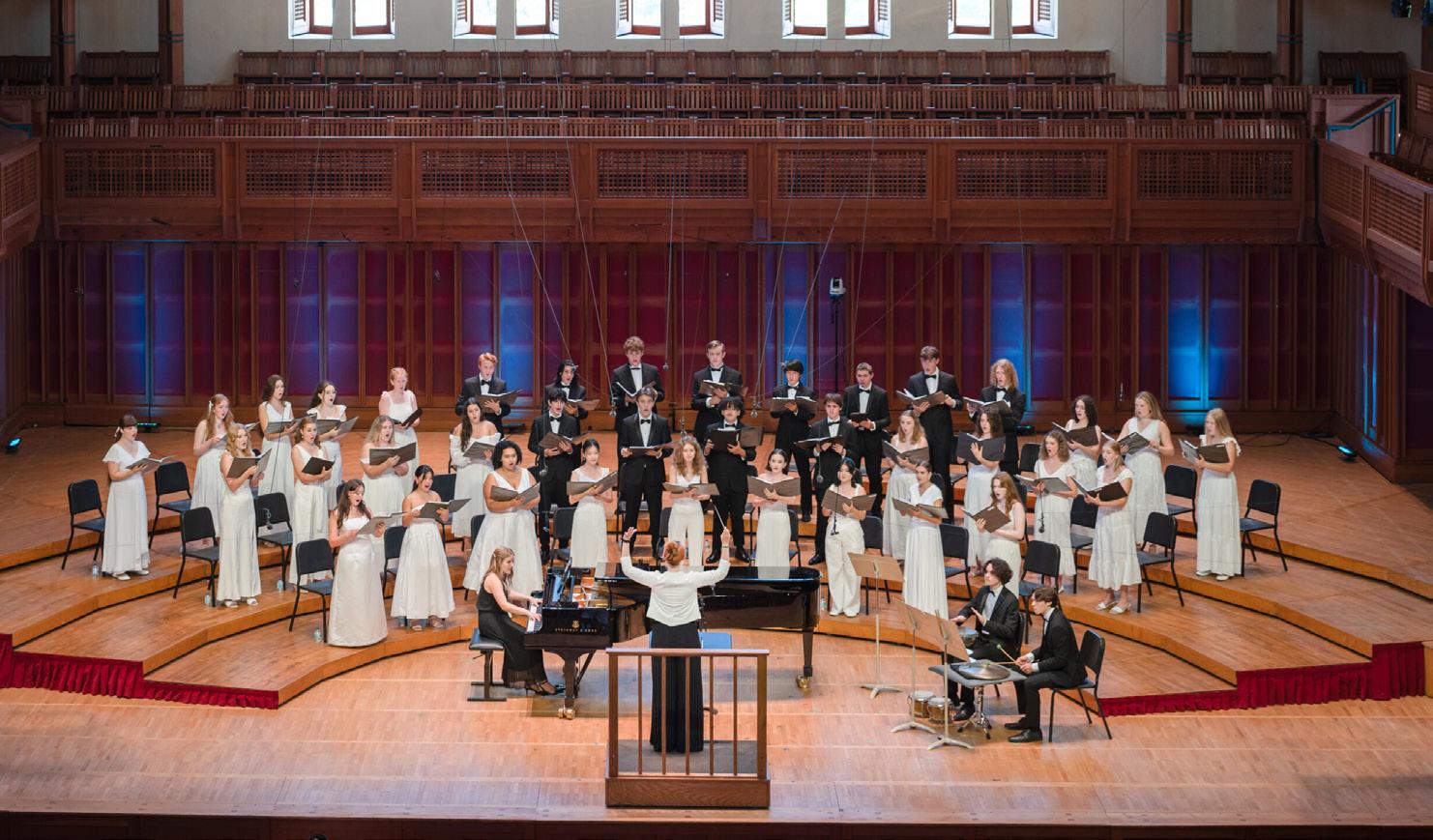



World-renowned composerperformer Kenneth Amis (CFA’91, BUTI’86,’87) enjoys an international career of high acclaim. Amis began his musical exploits in his home country of Bermuda. He started playing the piano at a young age and upon entering high school took up the tuba and developed an interest in performing and writing music. A Suite for Bass Tuba, composed when he was only 15, marked his first published work. A year later, at age 16, he enrolled in Boston University where he majored in composition. After graduating from Boston University he attended the New England Conservatory of Music where he received his Master of Music Degree in Composition.
An active composer, Amis has received commissions from several institutions and music organizations. He has undertaken residencies with educational institutions ranging from middle schools through the collegiate level and was a founding member and on the Board of Directors for the American Composers Forum New England Chapter. In 2007 he was the Composer-in-Residence at the South Shore Conservatory in Massachusetts. Audiences around the world have enjoyed Amis’s music through
Lecturer in Music, Tuba

performances by such groups as the Shanghai Symphony Orchestra, the Indianapolis Symphony Orchestra, the Royal Academy of Music Symphonic Winds, the Detroit Symphony Orchestra, and the National Arts Center Orchestra of Ottawa. In 2003, Amis became the youngest recipient of New England Conservatory of Music’s “Outstanding Alumni Award.”
As a tuba player, Amis has performed as a soloist with the English Chamber Orchestra and has been a member of the Tanglewood Festival Orchestra and the New World Symphony Orchestra. His performance skills are showcased on many commercial records distributed internationally.
Amis is presently the tuba player of the Empire Brass and the Palm Beach Opera Orchestra, a performing artist for Besson instruments, the assistant conductor for the Massachusetts Institute of Technology Wind Ensemble, and serves on the faculty at Boston University, Boston Conservatory, the Conservatory at Lynn University, and Longy School of Music.
For more on Kenneth Amis, visit amismusicalcircle.com and kennethamis.com. •
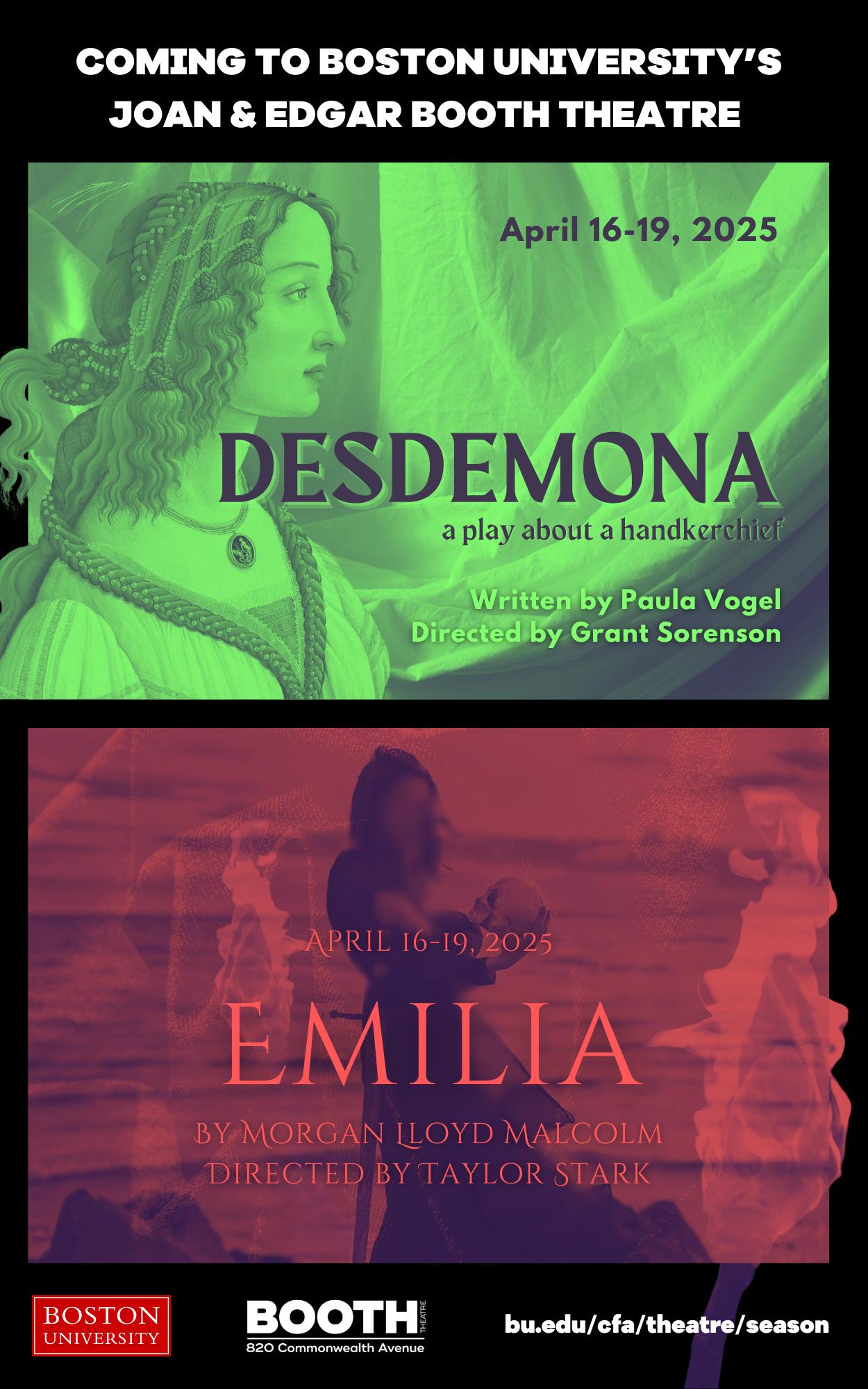
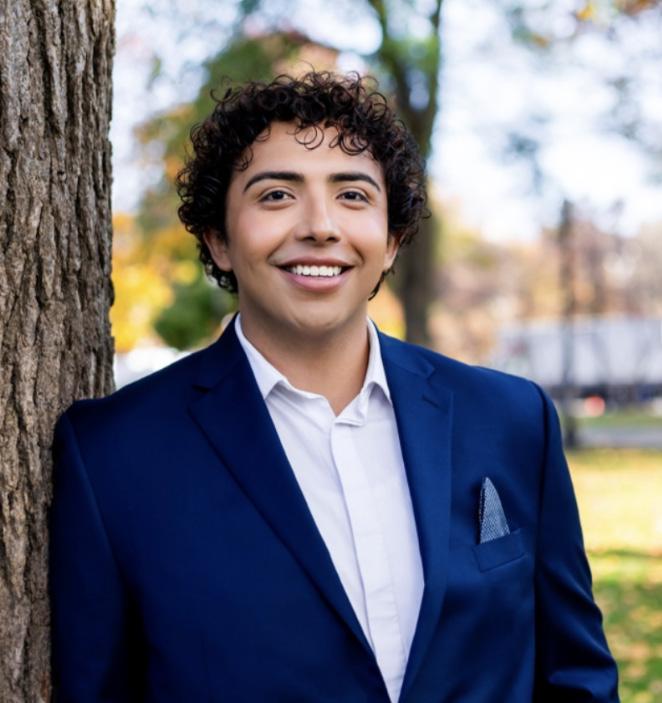
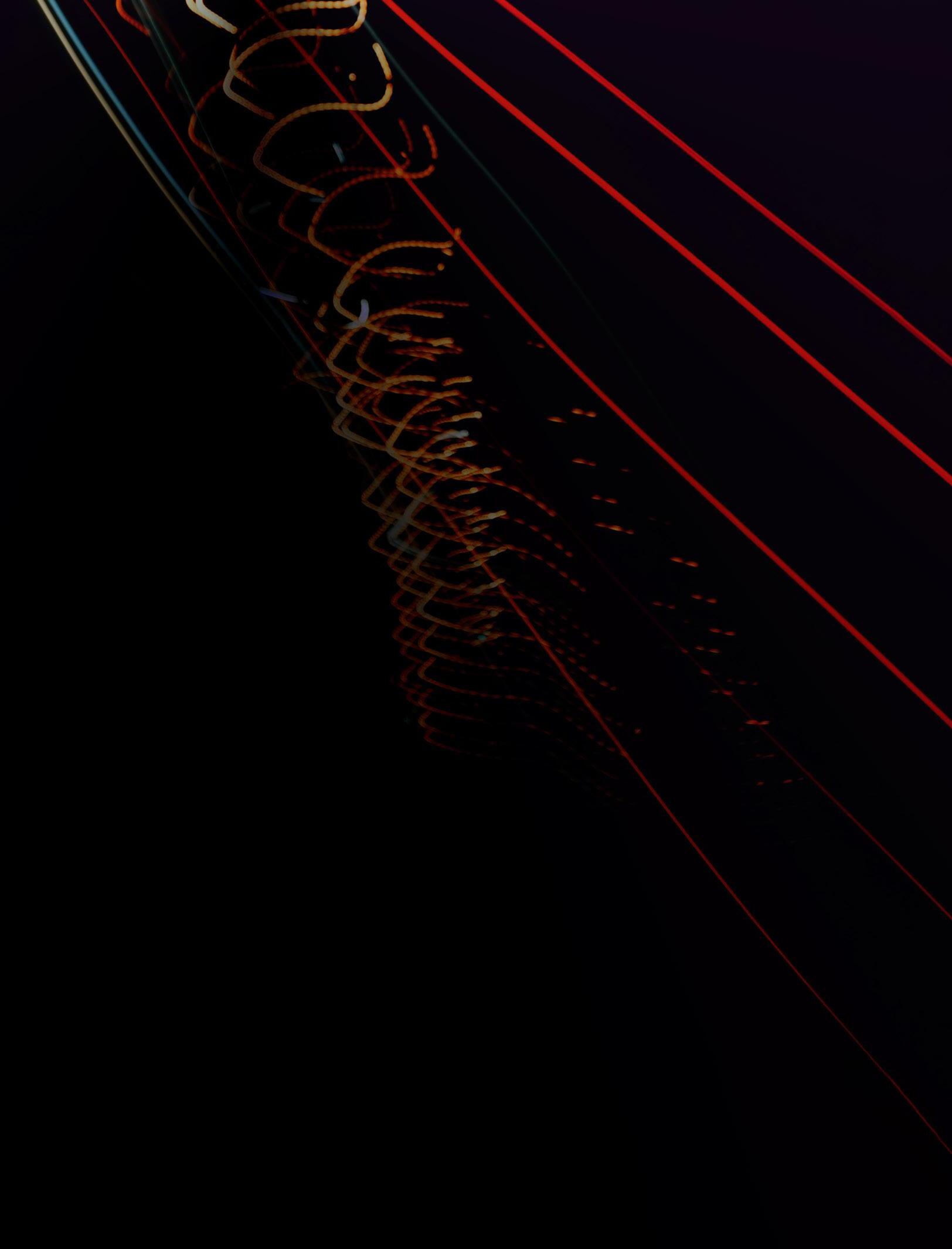
ergio Raúl Savala (he, him, his) is a Mexican American countertenor based in Boston. A Texas native, Sergio holds a Bachelor’s of Music from Texas Tech University (2022). There he performed the roles of the Sorceress in Purcell’s Dido and Aeneas, Prince Orolovsky in Strauss II’s Die Fledermaus, and Annio in Mozart’s La Clemenza di Tito.
In 2024 he received his M.M. from the Chicago College of Performing Arts (CCPA) at Roosevelt University. In his time there, he performed in Michael Ching’s Remove Shoes Before Entering and as Ottone in Monteverdi’s L’incoronazione di Poppea. While at CCPA, Savala performed in a masterclass with countertenor Reginald Mobley in partnership with the Collaborative Arts Institute of Chicago (CAIC) where he was able to celebrate his Mexican culture through the song of Manuel Ponce.
Other notable performances include Oberon in Britten’s A Midsummer Night’s Dream with Chicago Summer Opera and being an alumnus of OperaWorks under the direction of Ann Baltz in 2023. Sergio is currently studying under soprano Dr. Lynn Eustis in Boston University’s Performance Diploma program.
Gordon Cheung & Daniel Reid, Assistant Conductors
Cheng-Yeh Tsou
Juan Shin
Audrey Ma
Morgen Heissenbuettel
Cecil Mummey
Malachi Provenzano
Iris Lin
Kuan-Pei Chen
Chiara Tan
Yuchen He
Linjun Li
Ziyu Yue
Teresa Pyo
Nat Penn
VIOLIN II
Chia-Yi Chen
Sofia Nangle
Abigail Ringdahl
Sophia Xie*
Hsuan-Che Liao
Antony Karacic
Amir Ali
HaeJin Lee
Adah Kaplan
Benjamin Rosenhack
Simon Hill
Sadie Walker
Alayna Pabon
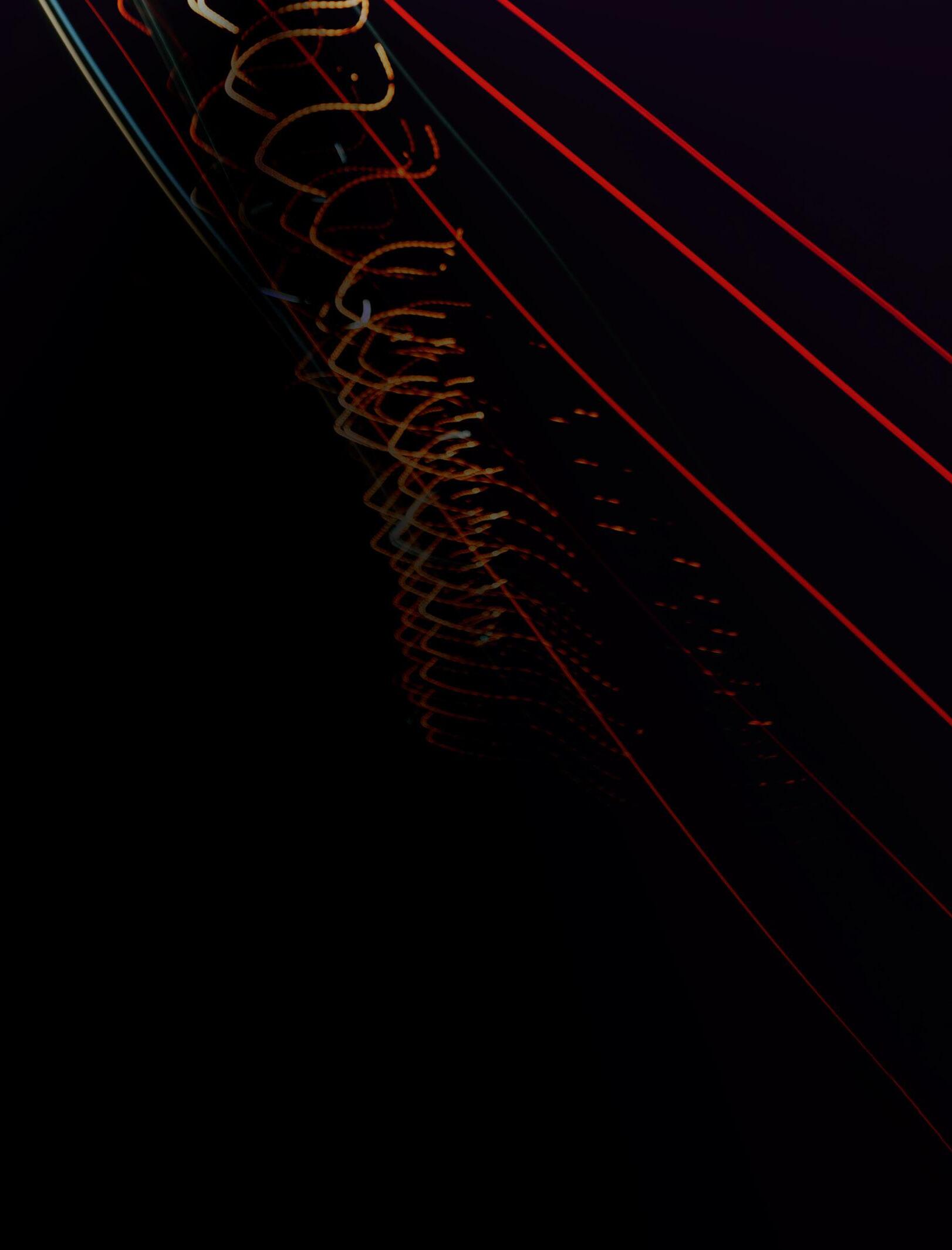
Ko Shen
Kara Charles
Freya Downey
Jiaming Wang
Yeuk Sen Renee Chan
Zekai Zhang
Andrea Martine*
Lillian Zielinski
Avi Gahm-Diaz
Jean Caleb Belizaire*
Molly Breen-Aronson
Siqing Shen
Emilia Lacy*
Nathaniel Aistrup*
Sydney Urmston*
Sofia Brys
Elton Zheng
Yu-Ting Ko
Lucy Cheng*
Noah Lee
Tongyu He
Tristan Hernandez
BASS
Sam Donato
Leonard Kang
Yu-Yi Wang
Owen Boyd*
Lindy Billhardt*
Justin Cao
Boris Lu
Olivia McCallum*
* Boston University Tanglewood Institute Alum
Thomas Gray
Aysel DeBakey
Patrick McGovern
TROMBONE
Misa Womack
Joseph Huggins
Joon Hoe Ng
HARP
Julia Crosson
TIMPANI
Lauren Girouard
PERCUSSION
Julian Saint Denis*
Robert Lenau
Yihao (Harry) Zhang
Xingyue Xue
Yun-Chen Chou
Hayoung (Halle) Song
Dominic Porcelli

SYMPHONY ORCHESTRA
Richard STRAUSS - Suite from Der Rosenkavalier, Op. 59
Ian Henscheid & Gordon Cheung, Assistant Conductors
VIOLIN I
Eli Willis
Sabine Gross
Cheng-Yeh Tsou
Chia-Yi Chen
Sofia Nangle
Juan Shin
Isabel Sorebo
Malachi Provenzano
Audrey Ma
Kuan-Pei Chen
Hsuan-Che Liao
Abigail Ringdahl
Sophia Xie*
Chiara Tan
VIOLIN II
Tzau-Yan Ou Yang
Morgen Heissenbuettel
Iris Lin
Aija Reke
Da Huang
Nat Penn
Xiaodan Zhang
Lana Crosson*
Elizabeth Meyers*
Amir Ali
Yuchen He
HaeJin Lee
Bozhen Xu
Haitian (Christy) Liu
VIOLA
Valentina Pulido Pardo
Hyelim Kong
Ko Shen
Jiaming Wang
Freya Downey
Yeuk Sen Renee Chan
Lauryn Koeppel
Zekai Zhang
Ian Aistrup*
Matthew Holzaepfel
Hina Allen
Molly Breen-Aronson
CELLO
Monroe Randall
Umi Neal
Siqing Shen
Yichen Zhou
Zenia Wu
Bruce Casillas
Yun De Tsai
Duo Liang
An-Chi (Angel) Tsou
Zhuoqihan (Hannah)
Huang
Gabriel Lee
Owen Boyd*
Lindy Billhardt*
Sam Donato
Min Kyung Cho
Leonard Kang
Logan Lee
Bonnie Huang
David Amouretti
FLUTE
Hsin-Ying Chiang*
Katherine Knapp
Anya MazarisAtkinson (Picc)
OBOE
Kayla Farnsworth
Kailey Hrencecin
Jack Cabell (EH)
Jacob Pierson
Beiyou Zhou
Rodolfo MirelesManzano (Ebcl)
Soyeon Park (Bcl)
BASSOON
Jovi Altadonna
Min-Chi Chiang
Nora Cannizzaro (Cbn)
HORN
Nicholas Kneupper
Mitchell Parus*
Yeonjo Oh
YiHao Lee
Chris Relyea*
Reynolds Martin
Thomas Gray
Tori Gervais
Caylan Laundrie
TROMBONE
Coco (Puyuan) Chen
Joseph Huggins
Changwon Park
TUBA
Robert McLaren, Jr.
HARP
Yoonsu Cha
Julia Crosson
CELESTE
Simon Hou
TIMPANI
Robert Lenau
PERCUSSION
Lauren Girouard
Julian Saint Denis*
Yun-Chen Chou
Yihao (Harry) Zhang
Xingyue Xue

David Scott & Ian Henscheid, Assistant Conductors
VIOLIN I
Sabine Gross
Eli Willis
Cheng-Yeh Tsou
Chia-Yi Chen
Sofia Nangle
Juan Shin
Isabel Sorebo
Malachi Provenzano
Audrey Ma
Kuan-Pei Chen
Hsuan-Che Liao
Abigail Ringdahl
Sophia Xie*
Chiara Tan
VIOLIN II
Tzau-Yan Ou Yang
Morgen Heissenbuettel
Iris Lin
Aija Reke
Da Huang
Nat Penn
Xiaodan Zhang
Lana Crosson*
Elizabeth Meyers*
Amir Ali
Yuchen He
HaeJin Lee
Bozhen Xu
Haitian (Christy) Liu
VIOLA
Jiaming Wang
Valentina Pulido Pardo
Kara Charles
Lauryn Koeppel
Ko Shen
Freya Downey
Hyelim Kong
Yeuk Sen Renee Chan
Ian Aistrup*
Matthew Holzaepfel
Zekai Zhang
Ga Eun Lee*
Monroe Randall
Umi Neal
Bruce Casillas
Zenia Wu
Nathaniel Aistrup*
Sydney Urmston*
Yun De Tsai
Tongyu He
Yu-Ting Ko
Tristan Hernandez
Owen Boyd*
Lindy Billhardt*
Sam Donato
Min Kyung Cho
Leonard Kang
Logan Lee
Bonnie Huang
David Amouretti
FLUTE
Catherine Butler
Jordana Kleiner (Picc)
Jonathan Legere (Picc)
Bryce Cox* (Afl)
OBOE
Jungmin Kim
Kayla Farnsworth
Kailey Hrencecin (EH)
Jeongmin Hong
Ting Chang
Jacob Pierson (Bcl)
Andrew Battaglia (Ebcl)
Benjamin Cargnel
Oscar Garcia-Moreno
Nora Cannizzaro
Jovi Altadonna (Cbn)
HORN
Yeonjo Oh
Maxwell (Max) Liber
YiHao Lee
Gianna Ingersoll
Ben Thurtle
TRUMPET
Caylan Laundrie
Reynolds Martin
Tori Gervais
Thomas Gray
TROMBONE
Joseph Huggins
Misa Womack
Corey Mathis
TUBA
Frank John*
HARP
Yoonsu Cha
CELESTE
Simon Hou
TIMPANI
Robert Lenau
PERCUSSION
Yihao (Harry) Zhang
Sheng Chan
Lauren Girouard
Julian Saint Denis*
Xingyue Xue
Yun-Chen Chou
Hayoung (Halle) Song
Dominic Porcelli
Arnold ROSNER - Symphony No. 8 Trinity, Op. 84
FLUTE
Jonathan Legere
Catherine Butler
PICCOLO
Bryce Cox*
OBOE
John Cabell
Jungmin Kim
ENGLISH HORN
Kailey Hrencecin
CLARINET
Rodolfo MirelesManzano
Ting Chang
Jeongmin Hong
ALTO CLARINET
Jacob Pierson
BASS CLARINET
Andrew Battaglia
BASSOON
Benjamin Cargnel
Oscar Garcia-Moreno
Jovi Altadonna
ALTO SAXOPHONE
Ana Diaz Asencio
Elise Hill
TENOR SAXOPHONE
Duan Hong
BARITONE
SAXOPHONE
Jane Pope
HORN
Nicholas Kneupper
Maxwell Liber
Christopher Relyea*
Yeonjo Oh
Yi-Hao Lee
TRUMPET
Reynolds Martin
Caylan Laundrie
CORNET
Tori Gervais
Thomas Gray

TROMBONE
Puyuan Chen
Joseph Huggins
BASS TROMBONE
Changwon Park
EUPHONIUM
Kaitlin Oresky
TUBA
Frank John*
HARP
Maria Ren
TIMPANI
Robert Lenau
PERCUSSION
Dominic Porcelli
Sheng Chan
Yun-Chen Chou
Julian Saint Denis*
Hayoung (Halle) Song
Xingyue Xue
Yihao (Harry) Zhang
* Boston University Tanglewood Institute Alum

Dan Reid • Graduate Assistant Conductor
Devin Barry & Sinead O’Mahoney • Graduate Student Managers
Yuexuan Wang • Collaborative Pianist
Yuqing Bai
Denali Baker
Robert Baron
Devin Barry
Alyssa Bauman
Travis Benoit **
Tyler Borges
Delainey Bostley
Sisar Botelho
Jerome Boxer ** *
Mackenzie Briggs
Rufus Burnes Heath
Heming Cao **
Elizabeth Chavez
Yixuan Chen
Yuhui Chen
Gustavo Cruz
Avery Davidson ** *
Corinne Davidson
Charlotte Dillon
Sharon Dow
Hannah Dubroff *
Cameron Edgar
Katelyn Eveland
Eliza Falk
Delaney Finn
Elizabeth Finnen
Lauren Forbes
Yuki Frampton
Karen Frank
David Fried
Greer Fried
Rebecca Friedman
Amy Fryda
Kotori Fukai
Sophia Gaunt
Abigail George
Zhengrong Gu
Louisa Gundeck **
Sadie Habas **
Joseph Hall
Ten Harder
Mariko Henstock
Audrey Hyers
Bridget Kearney
Michael Kessie
Chelsea Kharakozova
Monika Kopacz
John Kwon
Lance Laird
Jessica Laman
J Lamoureux **
Seoyoung Lee
Grace Lesselroth
April Li
Grace Lichwalla
Laura Long
Bianca Lucas **
Angela Madrigal
Lauren Mahoney *
Andrew Mak
Sisilia Marpaung
Ilyena Metzger
Carly Monson
Justin Moy
Sinead O’Mahoney
Hannah Oh
Melissa Park
Daniella Parkinson
Benjamin Pelon
Natalia Perera-Del Valle **
Ruby Perriello
Janae Peterson **
River Peterson
Bianca Rahme
Lucas Ranieri
Daniel Reid
Sam Rekulak
Lucas Rie
Gwyneth Rix **
Julia Rojkov
Rachel Rose
Alex Sarkis
Sergio Savala
Veer Sawhney
Levent Sencan
Niki Simerly
Aakshi Sinha
Roshan Sivaraman
Shawn Smaldon
Abigail Tadlock
Ben Tanaki
Audrey Tang
Qiuyang Tang
Jailyn Thompson
Sophia Tigges
Henry Todorow
Monica Ultmann
Cherie Uyanik
Maeva Vasquez
Jack Vincent
Ruby Voge
Kendall Waag
Junmin Wang
Julian Westerfield
Marie Wheeler
Madeline Wines
Dakota Winslow
Isabelle Wolpert
Luna Xie
Piaopiao Xu
Tengyao Zeng
Jiaming Zhang
Nora Zhang
Claire Zhu

Karen Frank & Sinead O’Mahoney • Graduate Assistant Conductors
Annie Chen • Collaborative Pianist
Delainey Bostley
Rachel Brennan
Ally Carlson
Hannah Dubroff*
Delaney Finn
Karen Frank
Emma Goldenberg
Alyssa Hackett
Mckenzie Hackett
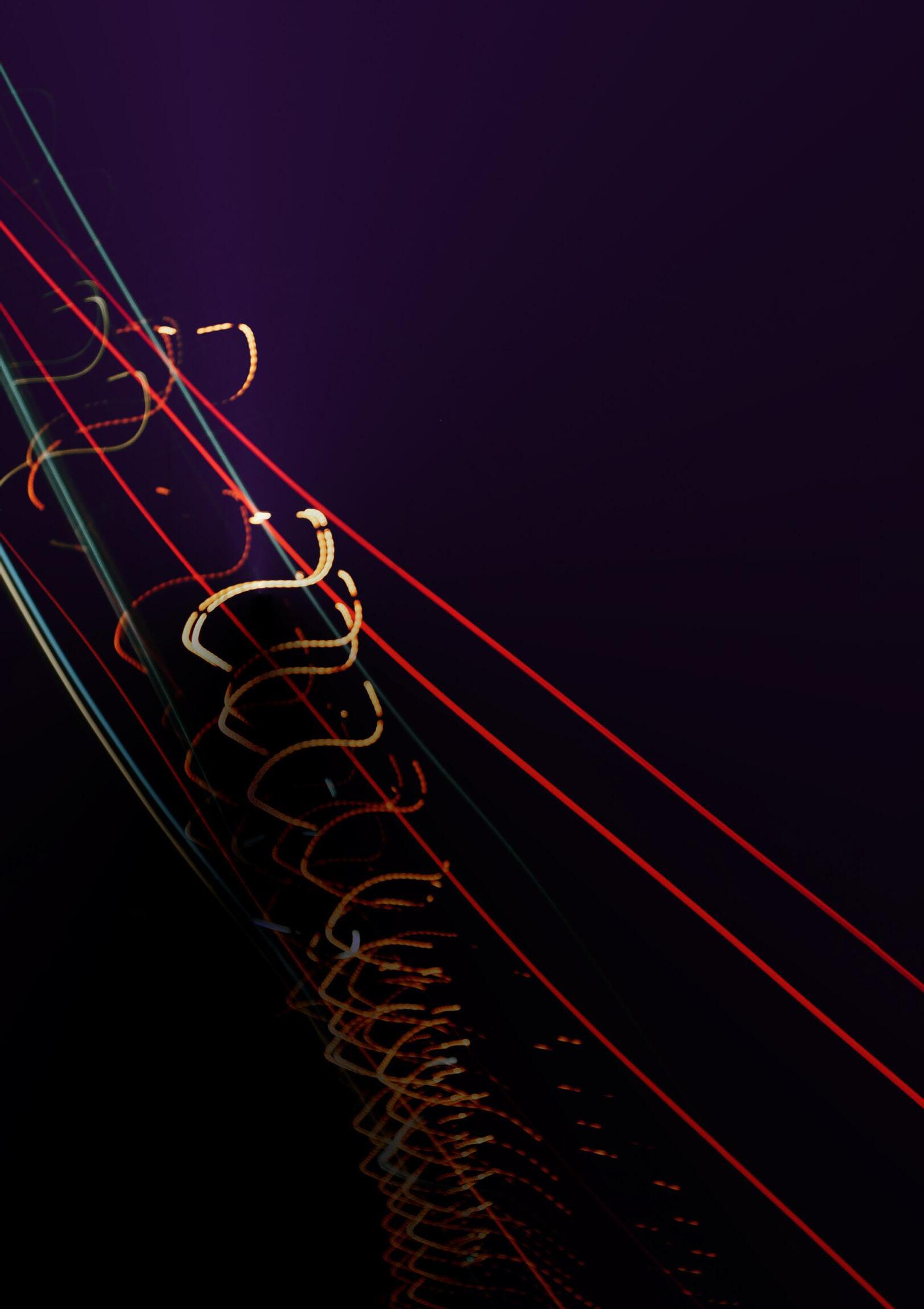
Audrey Hyers
Erin Ichimura
Veronica Kogan
Grace Lichwalla
Ilyena Metzger
Rebekah Nehmeh **
Sinead O’Mahoney
Naiara Patiño
Janae Peterson
Miki Ramirez-Cruz
Gwyneth Rix
Natalia Sawicka
Roshan Sivaraman
Wanda Sullivan
Jailyn Thompson
Allison Zeoli
* Boston University Tanglewood Institute Alum

Benjamin Levy*
Todd Seeber*
Thomas Van Dyck*
Randall Zigler
FLUTE
Geralyn Coticone
Linda Toote
HARP
Franziska Huhn
Jessica Zhou*
HISTORICAL PERFORMANCE
Aldo Abreu, Recorder
Sarah Freiberg, Baroque Cello
Gregory Ingles, Sackbut
Laura Jeppesen, Viola da Gamba
Christopher Krueger, Baroque Flute
Catherine Liddell, Lute
Robinson Pyle, Natural Trumpet
Matthew Larson
William Lumpkin, Artistic Director
Noah, Putterman
Nathan Troup
Allison Voth
Ryan Winkles
PERCUSSION
Kyle Brightwell*
Tim Genis*
Samuel Solomon
SAXOPHONE
Jennifer Bill
Kenneth Radnofsky
STAFF PIANISTS
Anna Carr
Scott Koljonen
Siu Yan Luk
Luis Javier Santiago Sierra, Director of University Ensembles
Sharif Mamoun, Assistant Director
Athletic Bands
Katharine Hurd, Ensembles Manager
Keith Orr, Business Manager
Barbara Raney, Student Services Manager
Ken Yanagisawa, Library Coordinator
Jewel Kim, Admissions Coordinator
Brenn Parker Fjeldsted, Administrative Coordinator
Kira Ousey, Administrative Coordinator
Stone Washburn, Administrative Coordinator
Jenna Wang, Administrative Assistant
* Boston Symphony Orchestra Member
Founded in 1839, Boston University is an internationally recognized institution of higher education and research. With more than 34,000 students, it is the fourth-largest independent university in the United States. BU consists of 17 schools and colleges, along with a number of multi-disciplinary centers and institutes integral to the University’s research and teaching mission. In 2012, BU joined the Association of American Universities (AAU), a consortium of 62 leading research universities in the United States and Canada.
Established in 1954, Boston University College of Fine Arts (CFA) is a community of artist-scholars and scholar-artists who are passionate about the fine and performing arts, committed to diversity and inclusion, and determined to improve the lives of others through art. With programs in music, theatre, and visual arts, CFA prepares students for a meaningful creative life by developing their intellectual capacity to create art, shift perspective, and think broadly. CFA offers a wide array of precollege, undergraduate, graduate, and doctoral programs, as well as a range of online degrees and certificates.
Founded in 1872, Boston University College of Fine Arts School of Music combines the intimacy and intensity of traditional conservatory-style training with a broad liberal arts education at the undergraduate level, and elective coursework at the graduate level. The school offers degrees in performance, conducting, composition and theory, musicology, music education, and historical performance, as well as artist and performance diplomas, including a performance diploma in its Opera Institute.
Boston University Tanglewood Institute (BUTI) is the premier summer training program for young musicians. Created in 1966 at the invitation of then-BSO music director Erich Leinsdorf, BUTI was developed by Boston University College of Fine Arts as a summer program to complement the existing offerings of the BSO’s Tanglewood Music Center (TMC). BUTI continues to build upon its legacy of excellence, offering a transformative experience annually to more than 400 young instrumentalists, composers, and singers who reside at its 64-acre campus in Lenox, Massachusetts. Intensive programs, distinguished faculty, and the opportunities afforded through its unique affiliation with the BSO and TMC combine to give BUTI a celebrated and distinctive reputation among summer music programs of its kind. BUTI alumni contribute to today’s musical world as prominent performers and conductors, composers and educators, and administrators and board members. Currently, eleven members of the BSO are BUTI alumni.
SCAN THIS CODE TO ACCESS THE DIGITAL PROGRAM BOOK AND, BE OUR FRIEND! @BUARTS • BU.EDU/CFA/MUSIC

Scan this QR code to make a gift in support of Boston University College of Fine Arts School of Music.